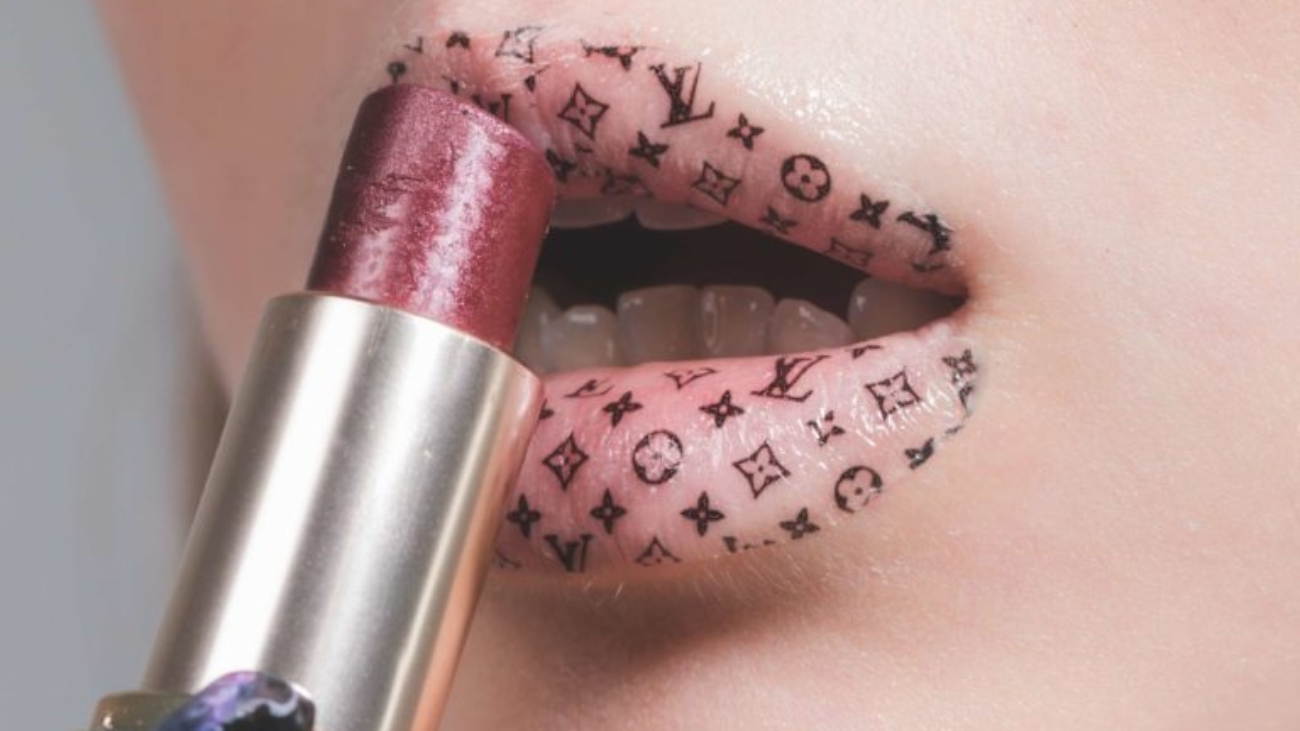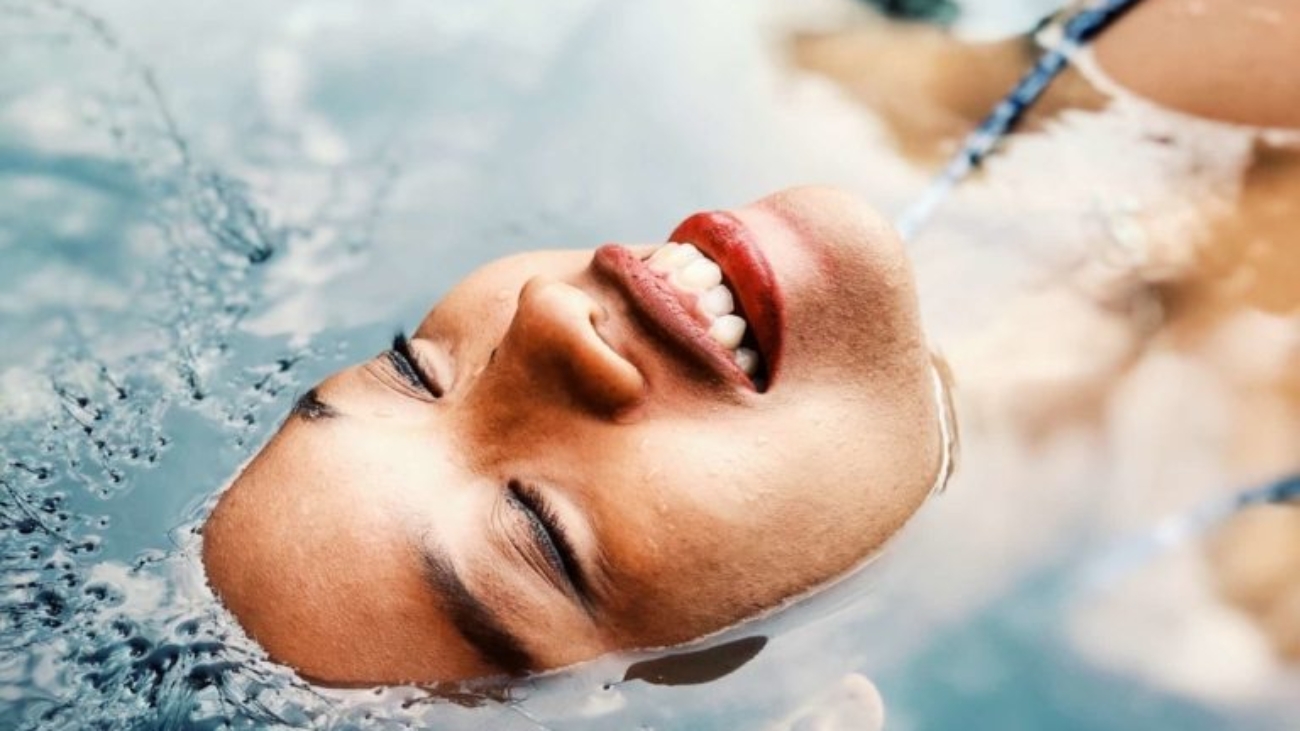Prime your face. Before you add any makeup you need to prime your face. The purpose of a face primer is to enhance the appearance of makeup and increase the longevity.You can apply the primer with your fingers, covering your whole face with a small amount. The primer will also help your makeup up stay on all day. If you are going to sweat, run, or do anything that will cause your makeup to wear off or smear, primer is a necessity for you.
There are several types of foundation[4], but they are generally applied the same way. Liquid, cream, and powder foundations all act to create a more even complexion, working to create an even base for your other makeup. Use a foundation brush or damp beauty sponge to apply foundation to your face, blending into your neck and earlobes if necessary. Keep in mind that your foundation should be the same color as your natural skin tone, not much darker or lighter. It helps to match your foundation to your chest and neck so your face isn’t a different color than the rest of your body. You never want a harsh line from your jawline to your neck. This is very unnatural and gives a harsh and unblended finish, which is not what you want. Choosing a color that matches your skin always helps.
- You can use a concealer brush to add a little extra foundation to cover up stubborn blemishes.
- Liquid foundation can be applied with your fingertips, although this is more likely to introduce bacteria to your skin and cause future breakouts.
The purpose of concealer is to even out uneven skin tone as a result of blemishes or dark under-eye circles. You can also use a concealer in a shade slightly lighter in your skin tone to brighten dark areas or high points of your face. Use a concealer brush or your (clean) fingertips to blend concealer on your undereye area in an upside-down triangle shape, down the bridge of your nose, chin, the center of the forehead, and above the upper lip. You can use a shade matching your skin tone to cover any red areas or over any acne or dark spots. Blend the edges of your concealer so it seamlessly blends into your foundation.


